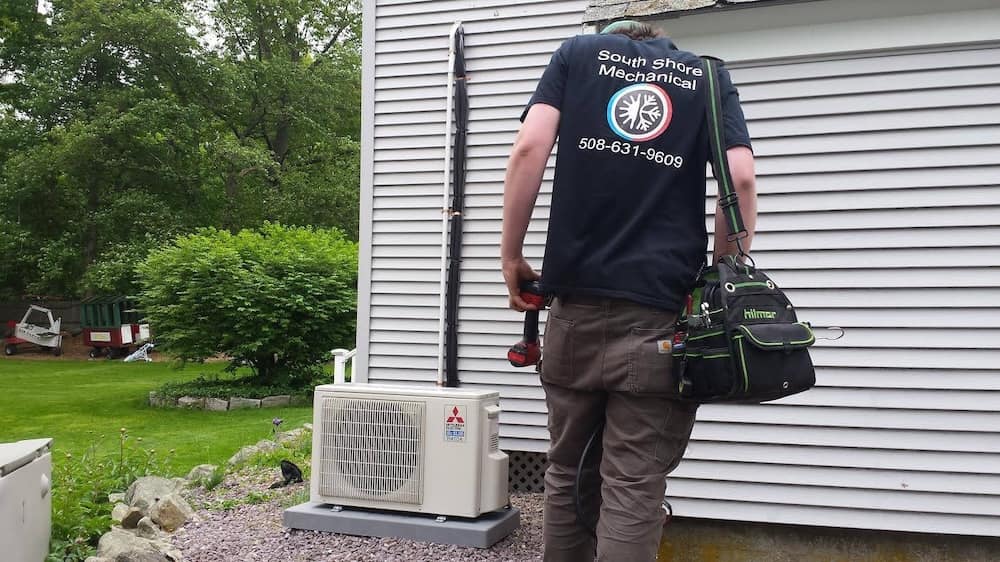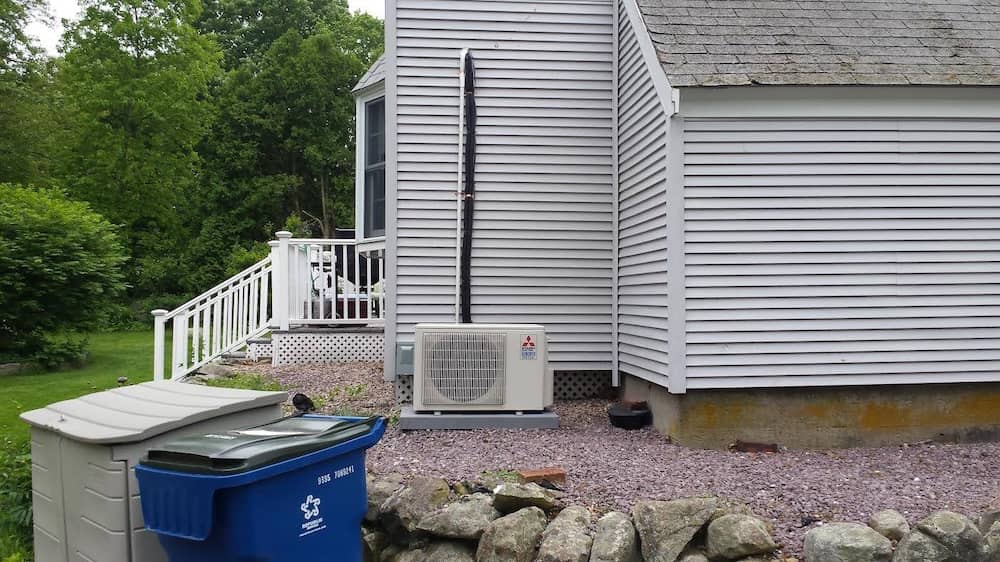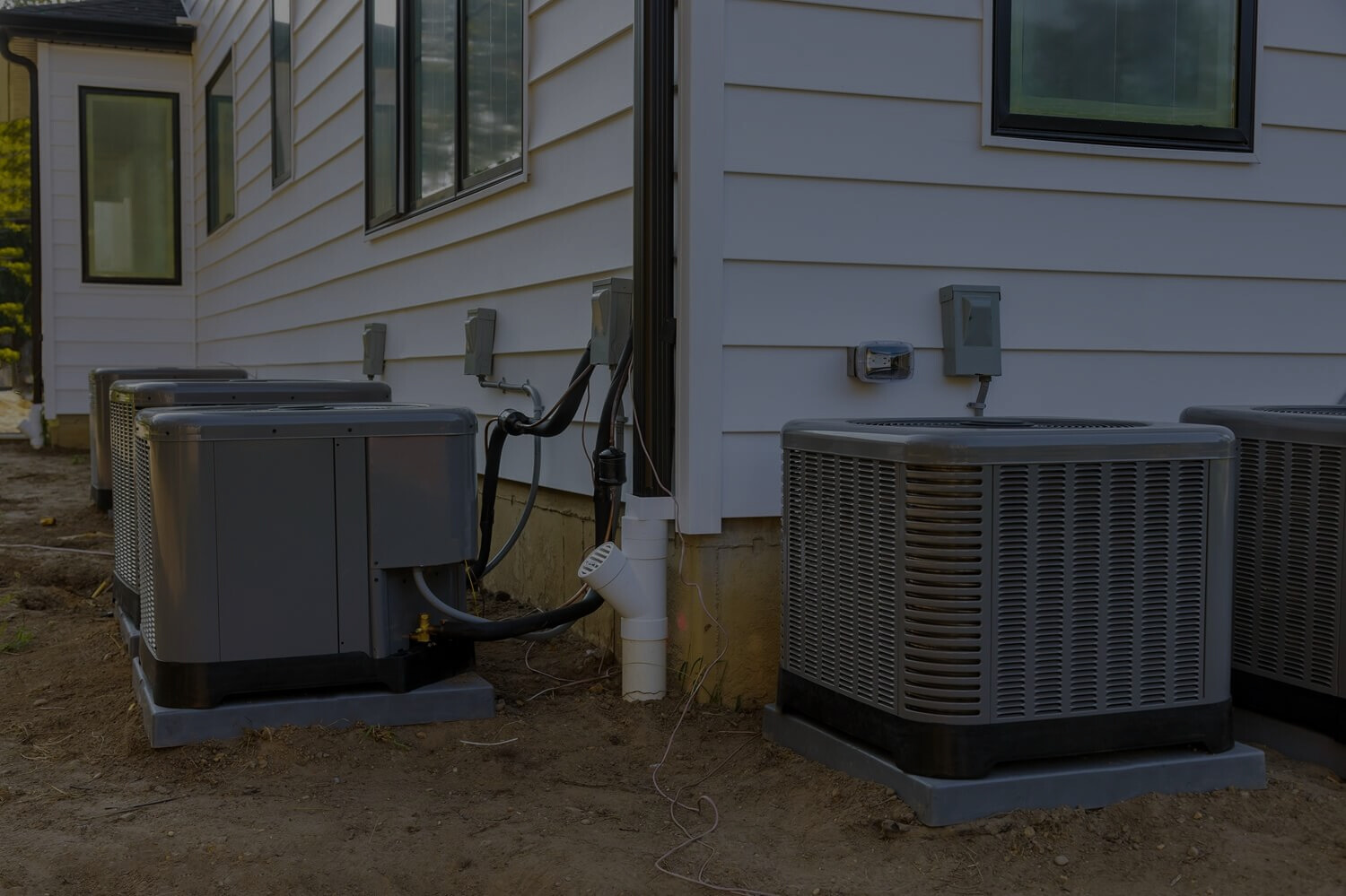
-
South Shore Mechanical
-
Blog
-
0 Comments
-
November 25, 2024
Understanding Defrost Cycles: Key to Heat Pump Winter Maintenance
Winter may be rough on your heat pump, but with the correct know-how, you can keep it working smoothly. Understanding defrost cycles is an important part of winter heat pump maintenance. This technique guarantees that your heat pump remains efficient even when the weather outside is bad. Let’s go into the specifics of defrost cycles and how they fit into a heat pump maintenance checklist for a stress-free winter.
What Is a Heat Pump Defrost Cycle?
The defrost cycle is a self-regulating procedure that keeps ice from forming on the exterior coil of your heat pump. When your heat pump is in heating mode, it pulls heat from the outside air. However, in cold conditions, moisture can condense and freeze on the coil, lowering efficiency. The defrost cycle kicks in to melt the frost, enabling your heat pump to run smoothly.
During the defrost cycle, your heat pump momentarily shifts to cooling mode. This may sound strange in the cold, but the mechanism distributes heat to the exterior coil to melt the ice. The heat pump returns to regular performance once the frost has been removed.
Signs Your Heat Pump Needs Defrosting
If your heat pump struggles in cold weather, frost accumulation might be the cause. Here are some indications to look for:
- Visible frost or ice on the outside unit.
- Unusual sounds or decreased airflow.
- Energy bills are higher as a result of decreasing efficiency.
If not professionally handled, these faults can interrupt heat pump energy savings and lead to more serious concerns.
How Often Does the Defrost Cycle Run?
The frequency of defrost cycles is determined by a variety of factors, including external temperature, humidity levels, and the functioning of your heat pump. Most systems perform a defrost cycle every 30 to 90 minutes during cold conditions. If the defrost cycle occurs too frequently or not at all, it may indicate a problem, such as a defective sensor or control board.
Including defrost cycle checks on your heat pump maintenance checklist guarantees that your system is in tip-top form. Regular upkeep can help you identify and resolve problems before they escalate into costly repairs.
Tips for Operating Heat Pumps in Cold Weather
Running a heat pump in frigid temperatures might be difficult, but a few pointers can make all the difference:
Keep the outside unit uncluttered: Remove snow, leaves, and debris to allow for optimal ventilation.
Avoid setting the thermostat too low: Sudden temperature dips might cause your system to overwork and reduce performance.
Monitor the defrost cycle: Keep an ear out for unusual noises or long defrost cycles.
Insulate your house: Proper insulation reduces heat loss, hence lowering the strain on your heat pump.
By following these steps, you may increase your heat pump’s energy savings and enjoy continuous warmth throughout winter.

Troubleshooting Defrost Cycle Issues
Sometimes, defrost cycles may not work properly. If you see continuous frost accumulation or a heat pump that isn’t heating effectively, you should investigate:
Check your thermostat: Make sure it is set to heating mode and the temperature is acceptable.
Inspect the outside coil: Look for dirt or debris that might obstruct airflow.
Test the sensors: Faulty sensors may prevent the defrost cycle from commencing.
Call a professional: If the problem persists, consult an expert to diagnose and resolve it.
Remember that preventative treatment always outperforms reactive remedies. Including these procedures on your heat pump maintenance checklist will save you problems on the road.
Benefits of a Well-Maintained Heat Pump
Time-to-time maintenance not only keeps your heat pump functioning but also pays dividends in a variety of ways.
Energy efficiency: A well-maintained system requires less energy, lowering electricity expenses.
Longevity: Regular maintenance helps your heat pump last longer.
Comfort: Proper functioning guarantees steady heating, even on the coldest nights.
Fewer breakdowns: Addressing small faults early helps to save costly repairs or replacements.
When you understand defrost cycles and adhere to recommended practices for operating heat pumps in cold weather, you invest in long-term performance and peace of mind.
Wrapping It Up
Understanding defrost cycles is critical for effective heat pump winter maintenance. By paying attention to this critical procedure, you can keep your heat pump functioning efficiently throughout the season. Do not let frost and ice ruin your comfort—be proactive and put defrost cycles on your heat pump maintenance routine.South Shore Mechanical is ready to help you with all of your heating requirements. From basic maintenance to repairs, we make sure your heat pump is winter-ready. To book your service, please call or visit us now. Let us keep your house warm and comfy this winter!

